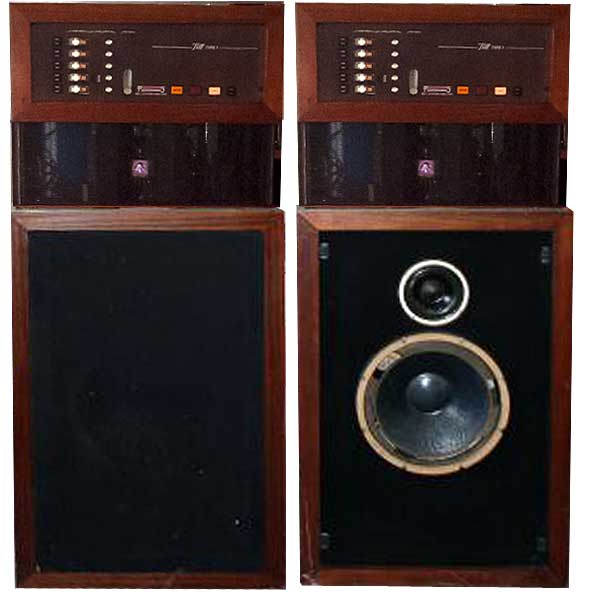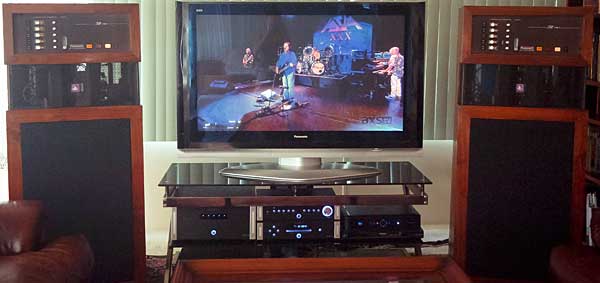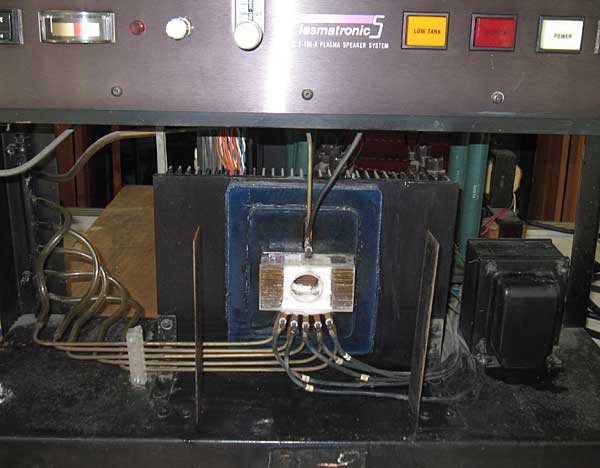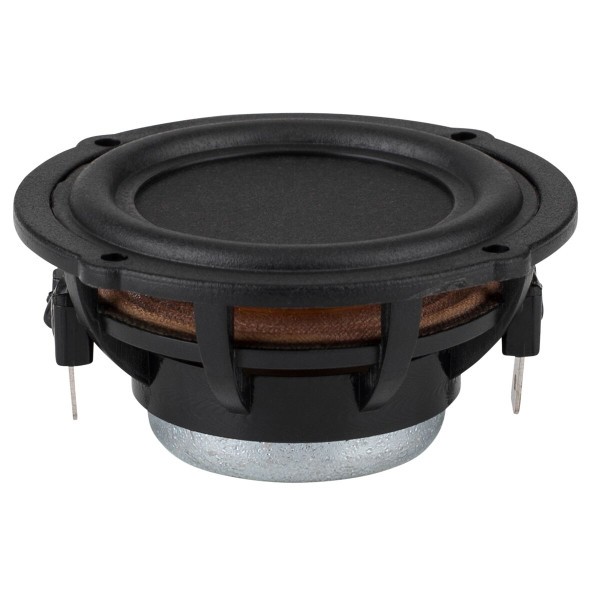In case you are interested in DIY sets using the Wavecor TW030WA12 you can have a look
https://www.lautsprechershop.de/intro/suche_kit_en.htm , just enter TW030WA12 in the "Search used speaker chassis:" and you will see all sorts of kits, e.g.
https://www.lautsprechershop.de/hifi/rhone_en.htm third order high-pass filter at 1000Hz
https://www.lautsprechershop.de/hifi/cursa_en.htm first order high-pass filter at 1650Hz
So it is somewhat questionable why one need an array of these tweeters at all to achieve a low crossover point.
Those benefit from horn loading and that is a beefy 30mm. So in the '2-12 perfect Set' example it might be overkill.
Sensitivity is a factor, IDK what woofers those are but if 2 of them have high sensitivity then extra tweeters make some sense.
I have used (with limited experience)some typical 1" tweeters with low fs and low HD, (individual & stereo pairs)below 1500hrz and basically they tend to sound hard/grainy at higher SPL. The exception was in my car where a 1200hrz HP worked with a 1" dome but I was 3feet or so from each driver, even there I ultimately ended up using 1500hrz active @24db slope.
I have some 30mm Wavecore TW030WA05's that I am hoping to cross around 1200hrz in a pair of speakers. Also some Peerless 32mm Corundrum tweeters. We will see.
I really think the limits are not well represented by Harmonic distortion alone, especially with so much energy in content around 750-1500hrz. I need to start doing multitone testing for my stuff. I have not yet done any at all, my hobby needs to grow a bit after a year or so of no great level of attention.
You can do the calculation of maximum theoretical SPL at each frequency but typical 1" tweets have very limited Xmax and every 3db of SPL gain is a big excursion increase.
That low measured 86db/1m HD of some tweeters mentioned here is happening at a very low excursion for the tweeter, no where near Xmax.
@ctrl shows has a nice example of a simulation with 6 vs 1 tweeter in post #130 & #139.
That excellent example is based off measured Harmonic Distortion charts but I would like to see Multitone affects.
@Rick Sykora in post #129 shows the rising distortion of a tweeter, but that is SINGLE tone, I'd imagine multitone (and some real content) hits much higher distortion at 1000hrz.
@Randolf Your post #112 shows a cool 'numbers game' example based off of Xmax but I think you want to well avoid Xmax so maybe add 25-50% more tweeters for each correlation between number of tweeters needed and frequency response goal. Of course that chart has a robust 120db SPL goal so that might be adjusted as well based on needs.
I don't know. I'm kind of rambling but I think in my opinion @leat in my Tekton Impact monitors, the 6+1 tweeter array is about right for those designs. Now whether the design is a good one or not is clearly controversial, especially some of the designs with even weirder arrays. They are kind of cool to me but I'm a speaker lover and after many years as such unique designs have a place in my space. Would I buy these as a 1st choice, no.
Does anyone have detailed directivity measurements of the so called coax array? I'd be curious how well Tekton got it to work. I find it intriguing that he made it asymmetrical.
Can get an idea from the Stereophile measurements for the Impact monitor.
@ROOSKIE can you help?
@617 Rick mentioned me as I have Tekton Impact Monitors with a 6+1 array.
The Stereophile measurements are the best available right now. They are normalized so more or less depict the directivity.
I took some basic measurements. Everything I did was simple and mainly to confirm they measured as intended and all drivers were operational and in spec as I purchased them used. Just simple Impedance curves, HD, and a few on and off axis horizonal quick measurements & then a little in room measurement from the listening position. That is it. I bought these 15months ago somewhat spontaneously & out of curiosity and really haven't had a lot of time since to investigate them. (they are hooked up right now though and I have been using them the last 2 months). I have not had loads of extra time the last year or so.
I would be interesting to see a pair on the Klippel. Mine are used and I believe are old, maybe even from 2018 when they came out. (serial number are under 0025, & I'm sure he must be far beyond that now) The last thing we need is this pair being submitted.
One thing to note from Stereophile is JA stated "
Nevertheless, throughout the measuring, the Tekton's low frequencies sounded rather exaggerated." I have not had this experience, they do not sound exaggerated here, so who knows ---->subjectivity right?
The Impact monitor speakers measure very well IMHO, given the unique design. We have seen so much worse from other unique products and poorly performing very conventional looking products.
Subjectively, I like the sound but I do not 'love' them. I tend to prefer a wider dispersion through the upper mids and into the treble range. The bass also doesn't dig quite as usefully deep as the size would suggest. The vertical dispersion is wonky but I have no way of knowing how that is affecting my subjective experience. They are decent.




